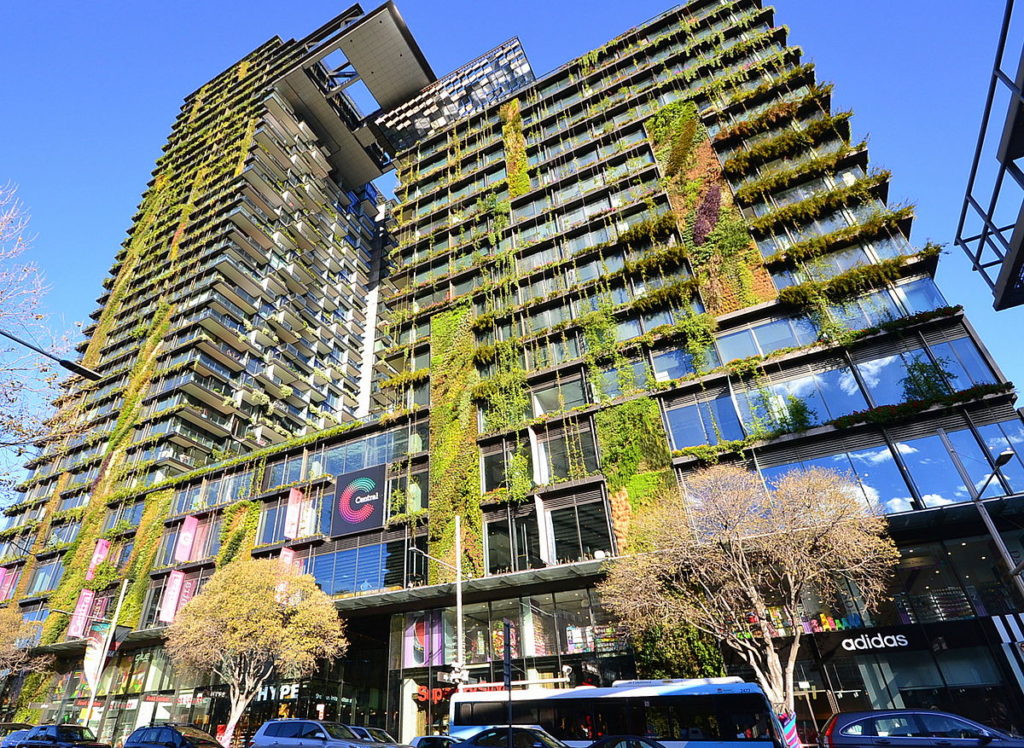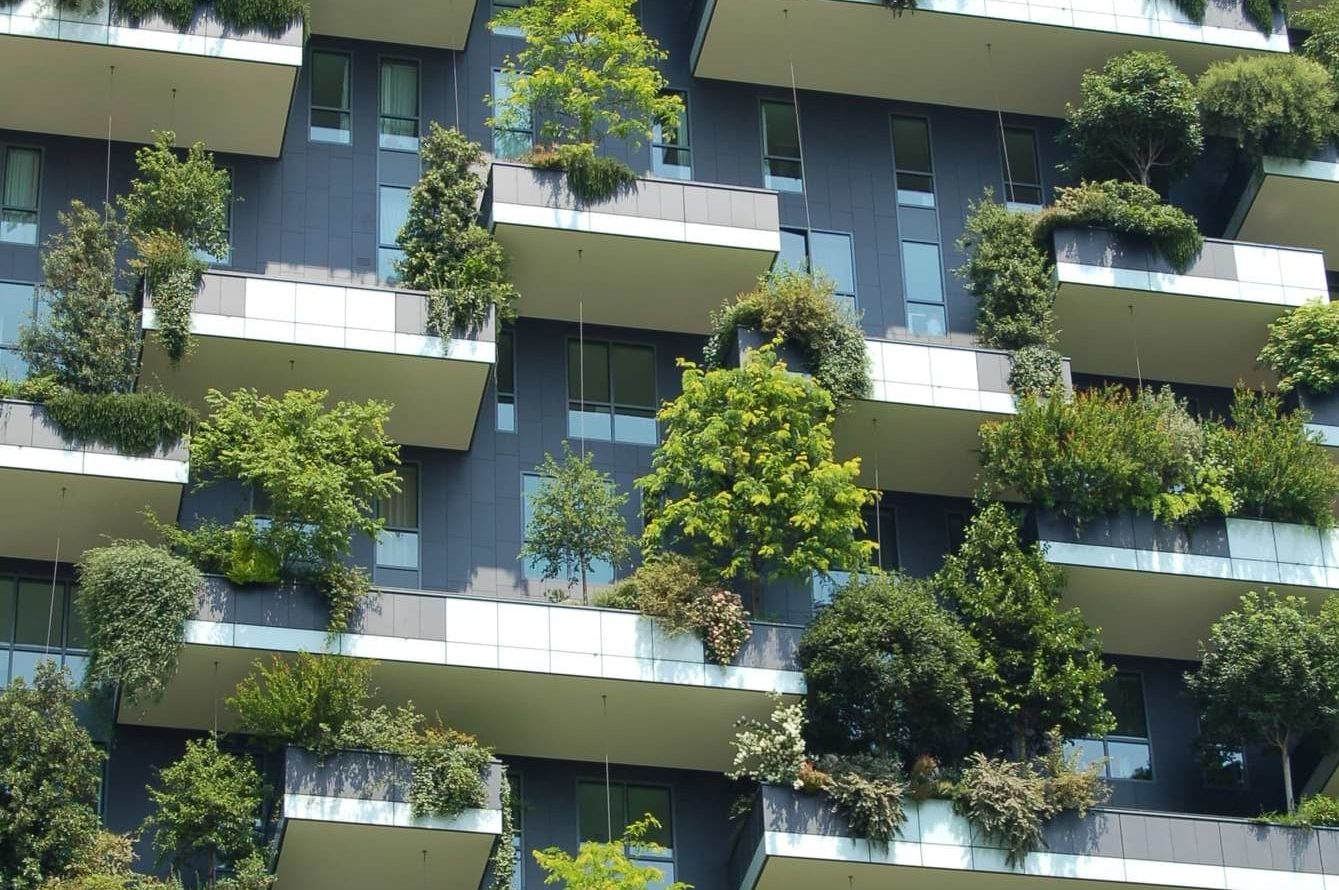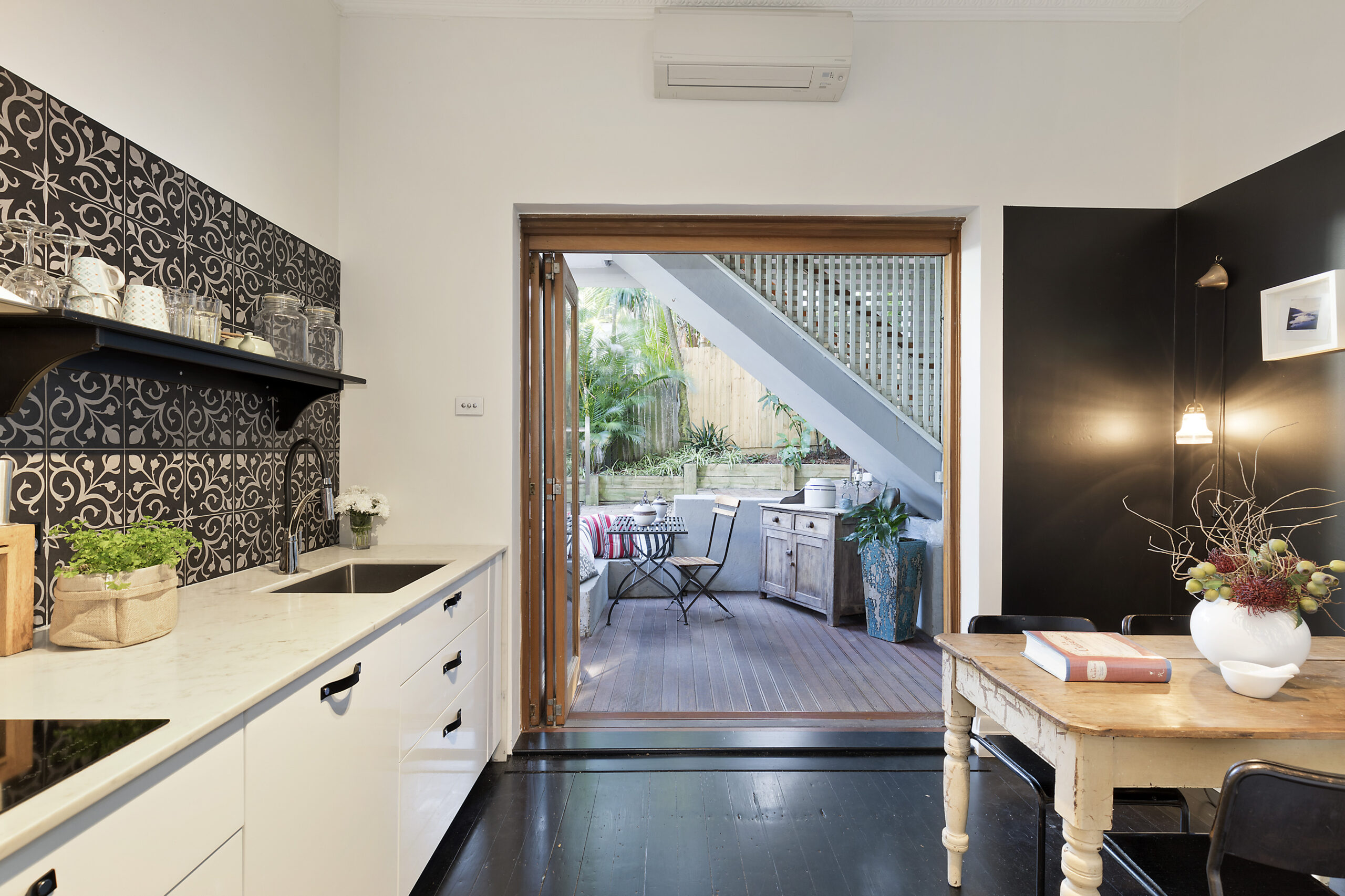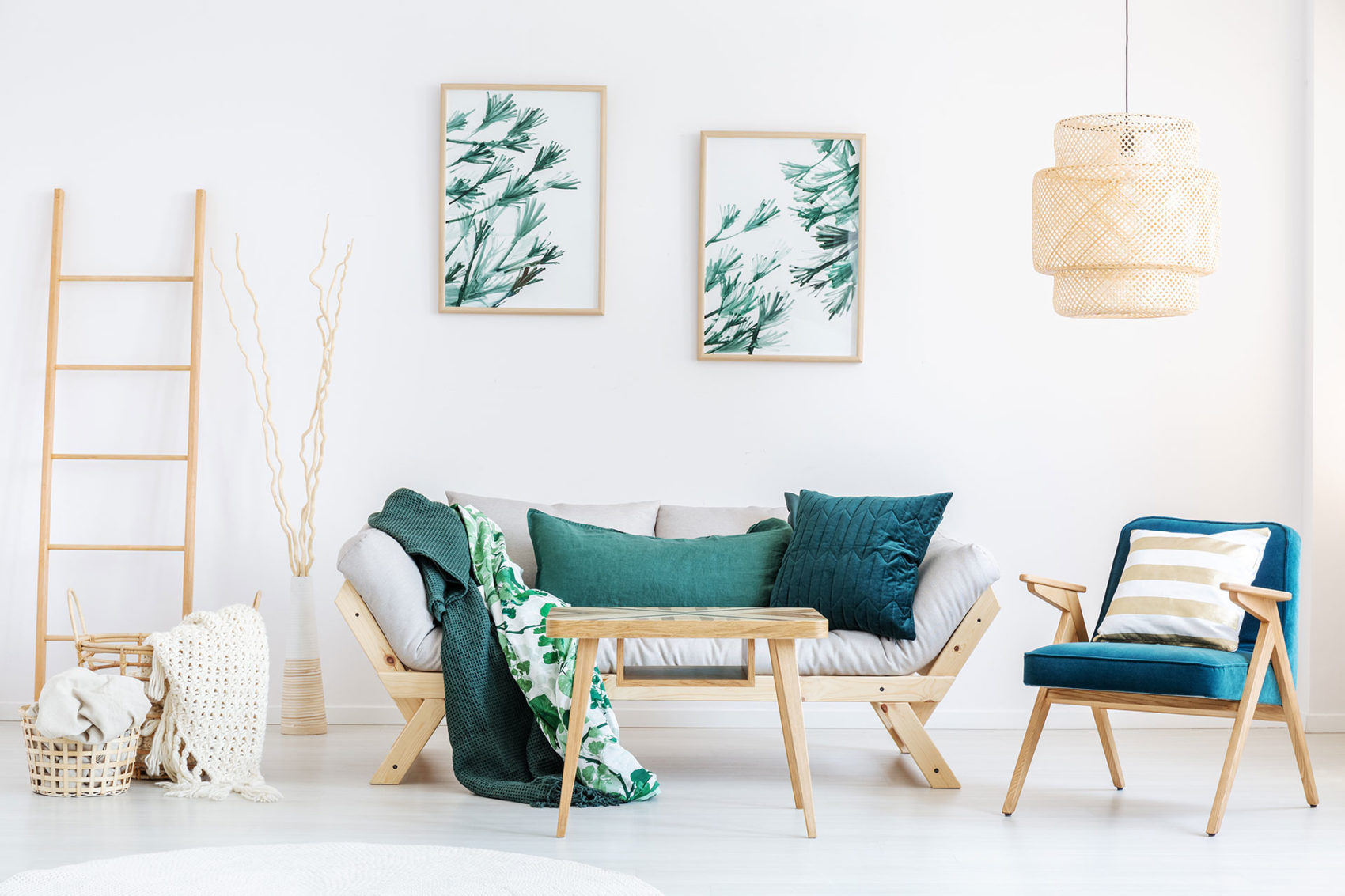Climate change is not just coming. Climate change is here. The sea level is rising at 3.3 mm per year and if it continues at this rate, 150 million people will be living on land that’s well below the high-tide line by 2050. While certain political figures may not be prioritising these issues, as current or potential homeowners, there are small ways that we can take matters into our own hands to slow the rate of global warming. See NASA’s site to keep updated on climate change news.
Building tips
If you’re building your house from scratch, these are some actions that you could take to have a greener house.
1. Sustainable materials: Research biodegradable, recyclable alternatives for your building materials. Did you know that concrete, in all its grey glory, releases tons of CO2 into the atmosphere every year during production? Consider options like locally sourced bamboo, recycled plastic or hybrid materials like ‘HempCrete’, a strong but light material created from hemp plant fibres. See 11 green building materials to replace concrete.
2. Speaking of innovative building materials, for less than $10,000, you could 3D print your house! Not only is this cheaper and produces less waste, but the carbon footprint of 3D printing is significantly lower than traditional construction methods.
3. Consider the placement of your windows: This might seem like a superficial improvement but effective positioning of windows can make a huge difference in energy efficiency. For example, north and south-facing windows can keep out excessive heat, bring in cool breezes and take advantage of natural sunlight to help reduce light bills.
4. Proper insulation: The use of boilers and home-heating systems are the biggest ways we consume energy. Thus, one of the smartest ways you could improve your home’s eco-friendliness is to invest in good insulation to trap heat in colder months and keep cool in warmer months. Options for insulation range from double-brick walls and brick veneers to more lightweight options like fibreglass barriers. Beyond insulating walls and the roof, you could also consider double-glazing your windows to cover all bases.
5. Green roofs or walls: Exactly as the name suggests, green roofs/walls are essentially surface areas, flat or pitched, covered partially or completely with vegetation. These date back to thousands of years ago in the Hanging Gardens of Babylon. In the modern-day, you’ve probably seen these ‘living’ roofs/walls with the likes of the award-winning One Central Park Building in Sydney, with its tapestry of plants stretching over 50 metres. Beyond serving as an aesthetic oasis in our urban landscape, these structures actually absorb heat and keep the building interior cool. In the summer, they reduce energy consumption by up to 75% and actually help your roof/wall last 2 times longer by absorbing stormwater and acting as natural insulation. See YourHome’s guide to building your own green roof/wall.

Small scale alterations
6. Install a Smart Meter: In the winter months when you just want to stay curled up in front of the heater like a cat, it’s very easy to waste energy by leaving your heating on for longer than necessary. Smart Meters record your electricity consumption and can be programmed to turn on your devices only at certain times of the day. For example, they could shut off at the time you leave the house and start heating up just before you come home. They truly help look out for your wallet and the planet.
7. Solar panels: What’s an eco-friendly home without solar panels? 1 in 5 Australian homes have installed rooftop solar, altogether producing 4.2% of the country’s total electricity. These ‘solar photovoltaic’ panels are installed in roofs to convert energy from the sun to clean electricity, saving on transferring energy over long distances using expensive electrical infrastructure. While solar doesn’t generate electricity all the time, it does when it’s most needed- during the day and sunny periods where we get especially trigger-happy with the aircon. However, it’s important to make sure that your installation is up to the Clean Energy Regulator’s safety standards, as recent audits have found thousands of badly installed systems that pose as fire hazards. Also, consider the location and positioning of your house to decide if you are able to take full advantage of the sun’s energy.
8. Low-flow options: Beyond energy consumption, we also need to get serious about saving water in Australia. Installing low-flow showerheads, toilets and taps can help you save up to 160,000 litres of water (for a family of 4). A ‘flow restrictor’ is integrated into these models that allow more or less water through depending on your water pressure preferences.
Tiny changes to your everyday life
Apart from changes to your physical home, there are small changes that you can add to your daily habits that could build up to a huge difference in the long term.
9. Energy-efficient lightbulbs: Traditional incandescent lightbulbs waste around 90% of its energy usage in heat and have actually been banned in several countries. Energy-efficient alternatives like compact fluorescent lights (CFL) and light-emitting diodes (LED) could eliminate the need to build 40 new power plants and indirectly save hundreds of millions of tons of greenhouse gases entering the atmosphere.
10. Composting: By recycling organic resources, composting helps conserve landfill space and reduces the need for producing chemical fertilizers that pollute waterways, acidifies and depletes the minerals in soil. If you’ve got a green thumb, compost is the perfect, organic alternative.
11. Line-dry where possible: Transfer your clothes from the washing machine into the dryer, push a few buttons and that’s your washing done for the day. The convenience of the dryer is undisputed but it can be one of the biggest energy-depleting appliances in your home. Especially in the summer, why not take advantage of the Australian sun and take the Hills Hoist out for a spin?
12. Get a decent coffee maker: How is this related to an eco-friendly home? Well, how many of us purchase (at least) one coffee a day? It’s estimated that Australians use 1 billion disposable coffee cups each year – that’s at least 2.7 million paper cups thrown out every day! You might think, well it’s paper so it’s recyclable. Actually, most of these cups take around 30 years to decompose because they contain a plastic, waterproof lining that can’t be easily separated during the recycling process. While reusable options like Keep Cups are on the rise, an even more cost and energy-effective solution is to just purchase a decent coffee maker (and actually use it)!





